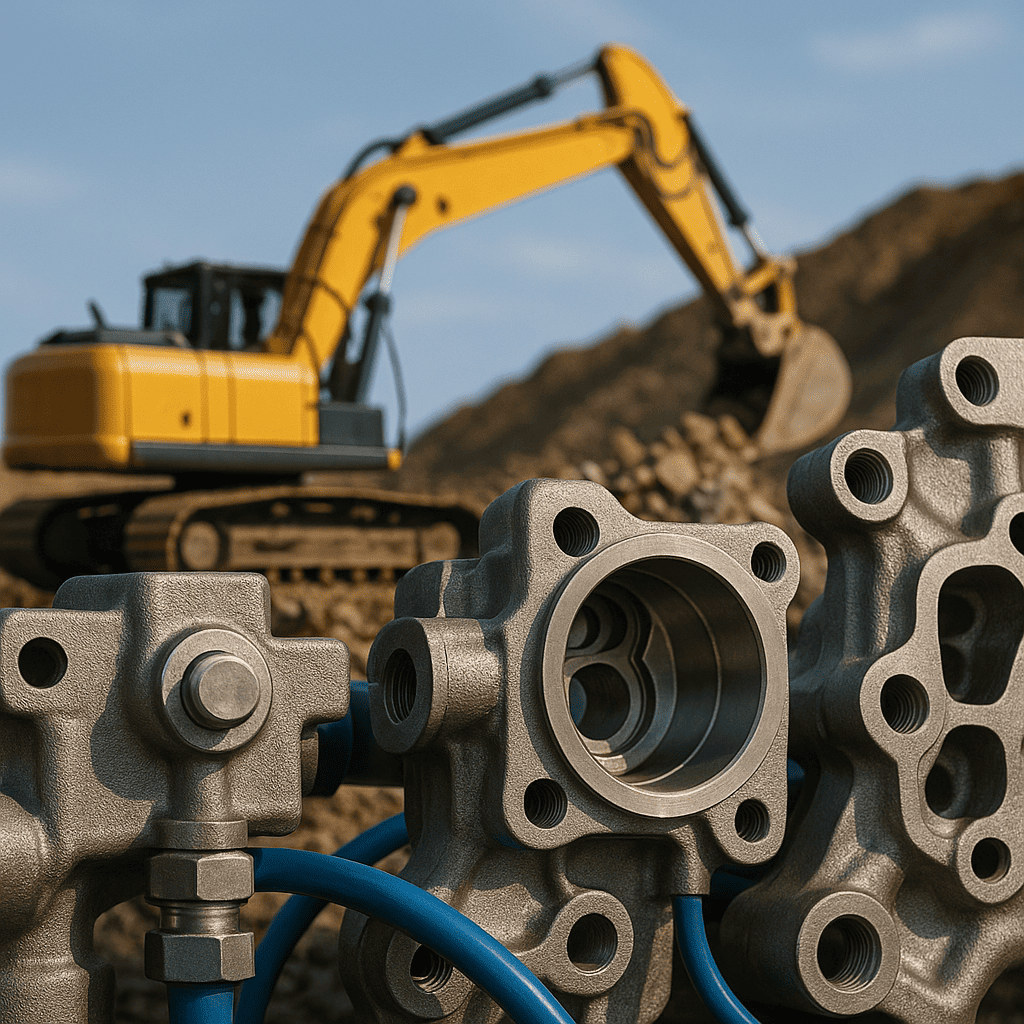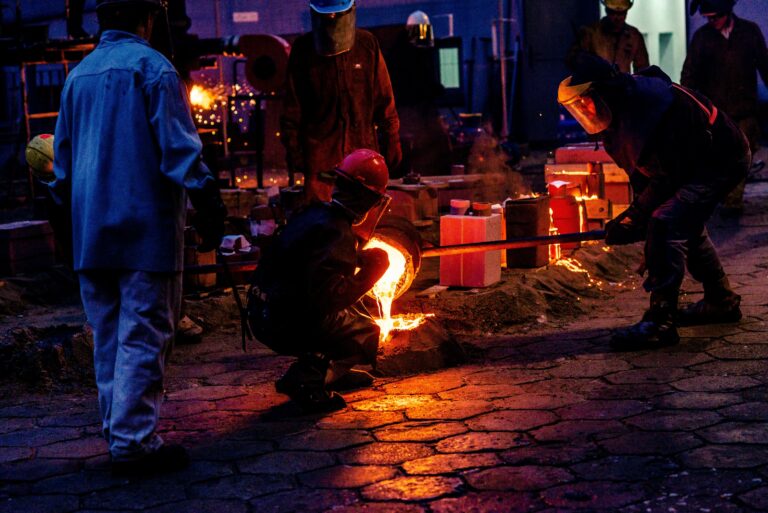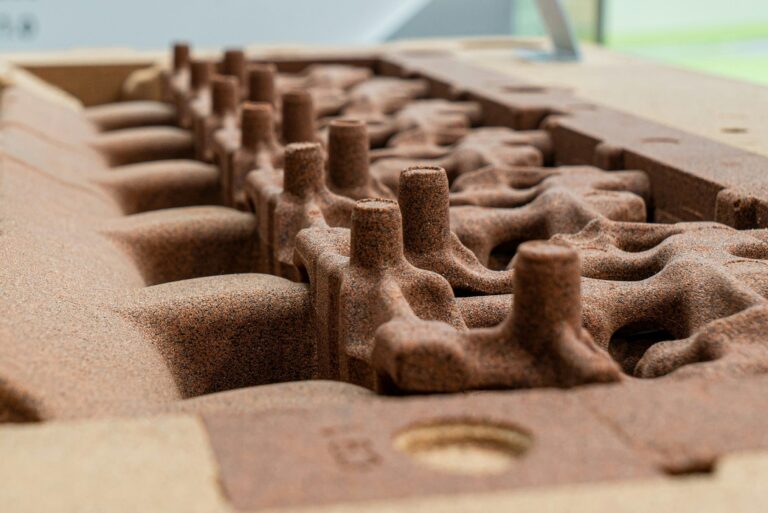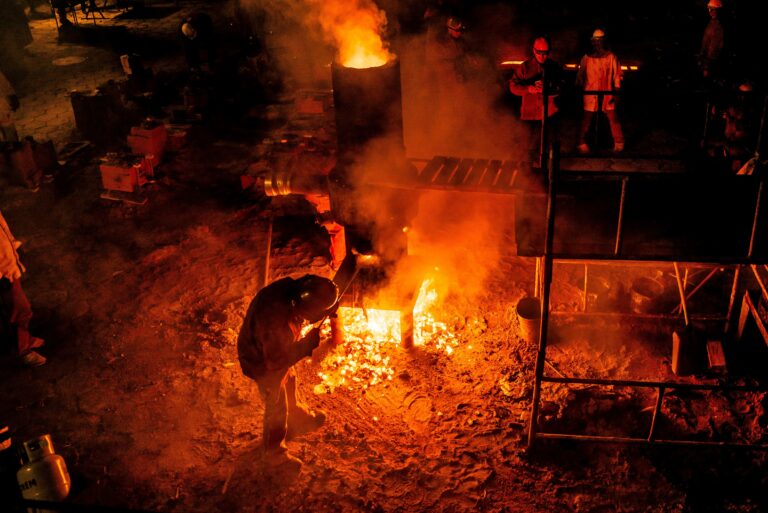Precision Casting for Hydraulic Systems: The Unseen Force Behind Heavy Machinery Efficiency
Precision casting technology has become the backbone of modern hydraulic systems in heavy machinery, solving fundamental limitations that have long constrained traditional manufacturing methods. Where conventional machining struggles with complex internal geometries, casting delivers intricate flow channels with ±0.1mm accuracy, improving fluid dynamics efficiency by 40% while maintaining structural integrity under extreme pressures up to 450Bar. The technology’s true breakthrough lies in its ability to create monolithic components that eliminate the weak points inherent in welded assemblies, combining valve bodies, pump housings and manifolds into single units that reduce leakage risks and maintenance requirements dramatically.
Material science innovations have elevated hydraulic component performance to unprecedented levels through graded property engineering within individual castings. Advanced foundry techniques now produce parts with 600HV hardness on critical wear surfaces while maintaining 280HV toughness in core areas, achieved through precise control of cooling rates and alloy composition. This material optimization extends to specialized applications like mining equipment, where our QT600-3 cast cylinder supports have demonstrated 22-month service lives under 300-ton loads – a 267% improvement over traditional welded solutions. The biomimetic rib design in these components, inspired by bone microstructure, contributes to an 18% weight reduction without sacrificing strength, while the elimination of assembly joints has reduced related maintenance by 75% in field applications.
The digital transformation of casting processes has unlocked new possibilities in hydraulic efficiency. Our proprietary simulation system analyzes metal filling patterns at 50,000 data points per second, predicting and preventing defects with 98.7% accuracy before production begins. This computational approach enabled the breakthrough spiral flow channel design in concrete pump truck distribution valves, where 3D printed sand cores create optimized fluid paths that reduce hydraulic losses by 32% and directional shift impacts by 55%. Surface engineering complements these geometric innovations, with boron treatments creating 50μm hardened layers that extend service intervals while contributing to 9% better fuel efficiency across pump truck fleets.
Looking toward the next generation of hydraulic components, we’re pioneering self-monitoring castings with embedded fiber optic sensors that map stress distribution in real time, coupled with wireless data transmission for predictive maintenance. The production process itself continues to evolve through electromagnetic-assisted pouring that achieves five times faster filling speeds and experimental microgravity casting that virtually eliminates material inclusions. These advancements build on our established sustainable practices, including 95% reuse of sodium silicate sand molds and heat recovery systems that reduce foundry energy consumption by 41%.
For equipment manufacturers seeking to gain competitive advantage through hydraulic system performance, precision casting offers measurable improvements across every critical metric. Our material database containing 100,000 property records across 12 specialty alloys enables customized solutions for specific operating conditions, while our 72-hour emergency delivery capability ensures minimal downtime for mission-critical components. The technology’s proven results across mining, construction and industrial applications – all backed by PED and ASME certifications – make it an essential consideration for engineers designing the next generation of heavy machinery. As hydraulic systems grow more sophisticated to meet evolving efficiency demands, precision casting stands ready to transform those designs into reliable, high-performance reality.







